What Is Conceptual Photography? Photography Basics Explained
Last Updated on
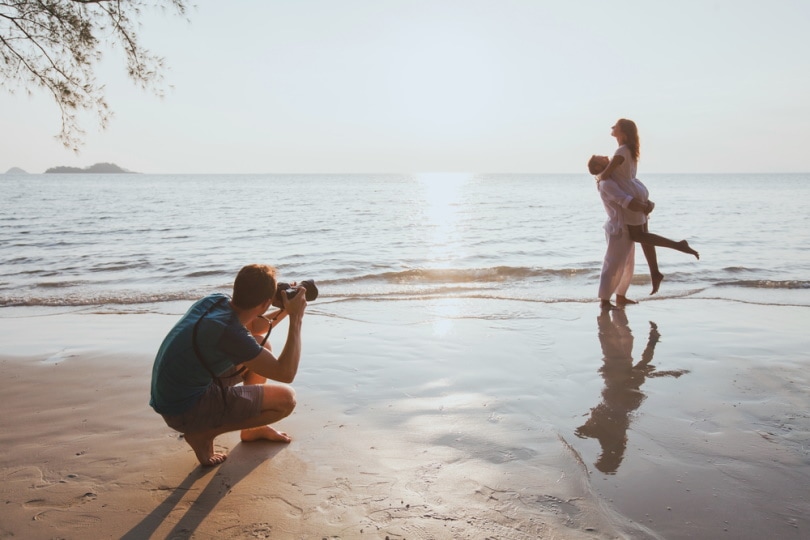
The beauty of photography lies in the fact that it can be used to capture pretty much anything. The possibilities are endless, whether you’re shooting still life, a portrait, or a landscape.
But what if you want to go beyond capturing what’s “out there” and instead create something that exists only in your mind? That’s where conceptual photography comes in.
Conceptual photography is about using the medium to create images representing ideas, stories, or concepts. In other words, it’s about using photography to communicate a vision rather than just capturing an image. So, let’s learn more about conceptual photography and how you can give it a shot.

How Does It Work?
Conceptual photography works by turning intangible ideas into a visual representation. It’s a very effective communication method, especially if you want to send a message that’s hard to communicate with words alone.
Conceptual photography usually involves a lot of planning and brainstorming to come up with the right idea that fits the message you’re trying to send. Once you have your concept, you then have to execute it in a way that’s visually appealing and easy to understand. There are many different ways to approach conceptual photography. But the most important thing is to ensure that your final image is clear and concise. Otherwise, your audience won’t be able to understand your message.
The 1960 Conceptual Art Movement gave birth to the idea of conceptual photography. The artists associated with this movement were interested in exploring the relationship between ideas and the visual world. They challenged traditional notions of what art is and can be.
What Are the Different Types of Conceptual Photography?
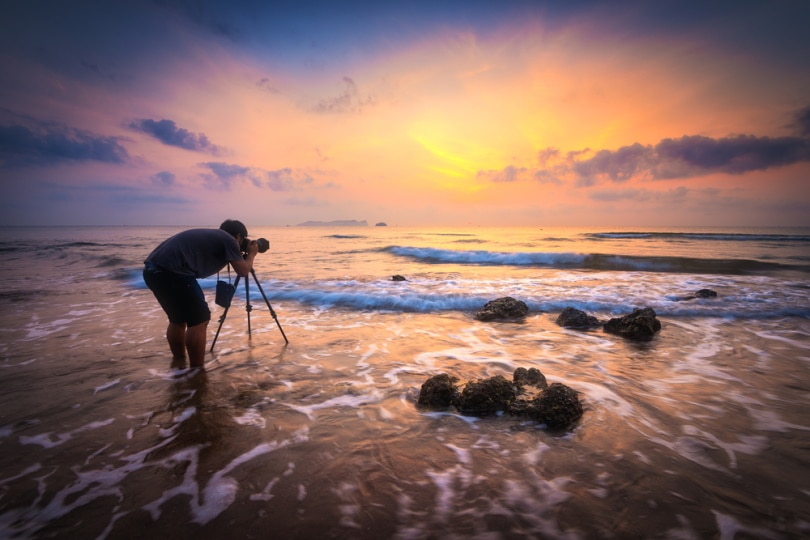
There are a few different types of conceptual photography, each with its unique style and purpose. The most common types are editorial, advertising, and fine art.
Editorial
Editorial conceptual photography is typically used in magazines or other forms of media to communicate a particular message or idea. The photographer uses various elements, such as props, lighting, and composition, to create an image that tells a story or conveys a specific mood.
For instance, suppose a magazine wants to do a spread on the issue of global warming. An editorial conceptual photographer might create an image of a polar bear standing on melting ice caps, with the sun setting in the background. The image would communicate the message of global warming in a compelling and direct way.
Advertising
Advertising conceptual photography helps sell products or services. The photographer creates an image intended to evoke certain emotions in the viewer, such as happiness, desire, or fear.
For example, a company that sells laundry detergent might use a conceptual advertising photograph of a mother and child playing in a meadow of wildflowers. The image would evoke feelings of happiness and nostalgia and make the viewer want to purchase the laundry detergent.
Fine Art
The scope of fine art is much broader than that of editorial or advertising photography. Fine art conceptual photography can communicate any number of ideas or messages, and the photographer has much more freedom in composition and style.
A fine art conceptual photographer might create an image of a woman’s face superimposed onto the moon. The image could communicate several different ideas, such as the fragility of life, the cyclical nature of time, or the vastness of the universe.

Where Is It Used?

It might come as a surprise, but you’ve seen a lot of conceptual photography around you. Besides fine art, conceptual photography is a massive part of our practical lives. Here are some instances where it is useful:
Advertising an Idea or Product
When you want to get people’s attention, you need something that will make them look twice. Conceptual photography can do that by presenting an image as unexpected, humorous, or just plain confusing.
A good example is the “Got Milk?” campaign which used surreal images to get people thinking about the product. Another example is the “I’m a Mac” ads which use people in place of Apple products to show how easy and fun they are to use.
Product Packaging
You’ve probably seen conceptual photography on product packaging before. It is often used to make the product look more appealing or to show what it can do.
Many manufacturers use conceptual photography to show how their products can be used creatively. For example, a company that makes kitchen appliances might use conceptual photography to show their products in use by a professional chef.
Some companies use conceptual photography to show off the features of their products. For example, a company that makes digital cameras might use conceptual photography to show the different effects that their cameras can create.
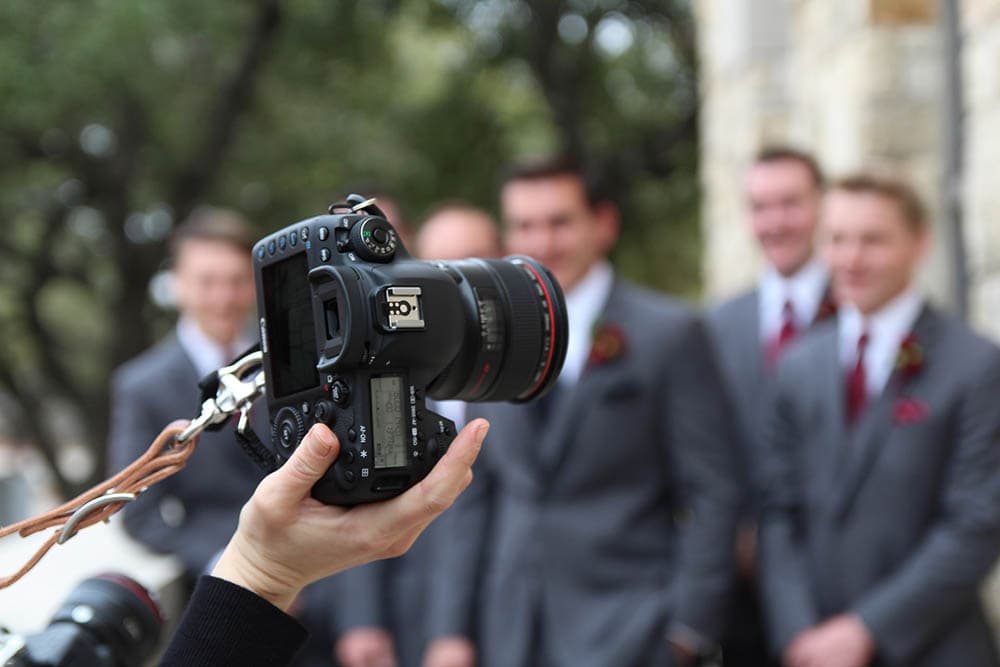
Social Commentary
Possibly the most well-known use of conceptual photography is to make a statement about society. Conceptual photographers often use their work to comment on current events, politics, or popular culture.
An example is the “Obama Hope” poster that artist Shepard Fairey created. The poster became an iconic image of Obama’s presidential campaign.
Internal Reflection
Conceptual photography can be a powerful way to get people thinking about an idea, product, or issue. The best conceptual photographs often make you look twice.
Many photographers use it to reflect on their own lives and experiences. For example, a photographer might use conceptual photography to explore their feelings about a personal issue like divorce or illness.
Advantages of Conceptual Photography
Conceptual photography benefits photographers, consumers, and general viewers. Here are some advantages of this photography genre:
Forms Abstract Ideas
One of the most important aspects of conceptual photography is that it allows photographers to communicate abstract ideas. The genre is not limited to documenting physical objects like other types of photography.
The genre allows photographers to explore their emotions and thoughts and express these ideas through images. From social commentary to personal conflicts, the photographer can use conceptual photography to communicate about anything.
It helps the viewers see the world from a different perspective. As a result, it encourages creativity and open-mindedness.

Accessible to Everyone
Conceptual photography is that it is accessible to everyone. All you need is a camera and imagination. It does not require expensive equipment or training. As long as you have an idea, you can express it through conceptual photography.
That makes the genre very democratic. It levels the playing field and allows anyone with a creative vision to share their work with the world.
Encourages Creativity
Conceptual photography is also beneficial because it encourages creativity. Photographers can play around with ideas and try to communicate them in new and innovative ways.
Traditional rules do not constrain the genre. That means that photographers can experiment and be as creative as they want.
Comment on Society
Art is an important tool for social commentary. It can shed light on important issues and start important conversations.
Conceptual photography is particularly well-suited for this purpose. Photographers can use their work to comment on the world around them, from environmental issues to social injustice.
Disadvantages of Conceptual Photography
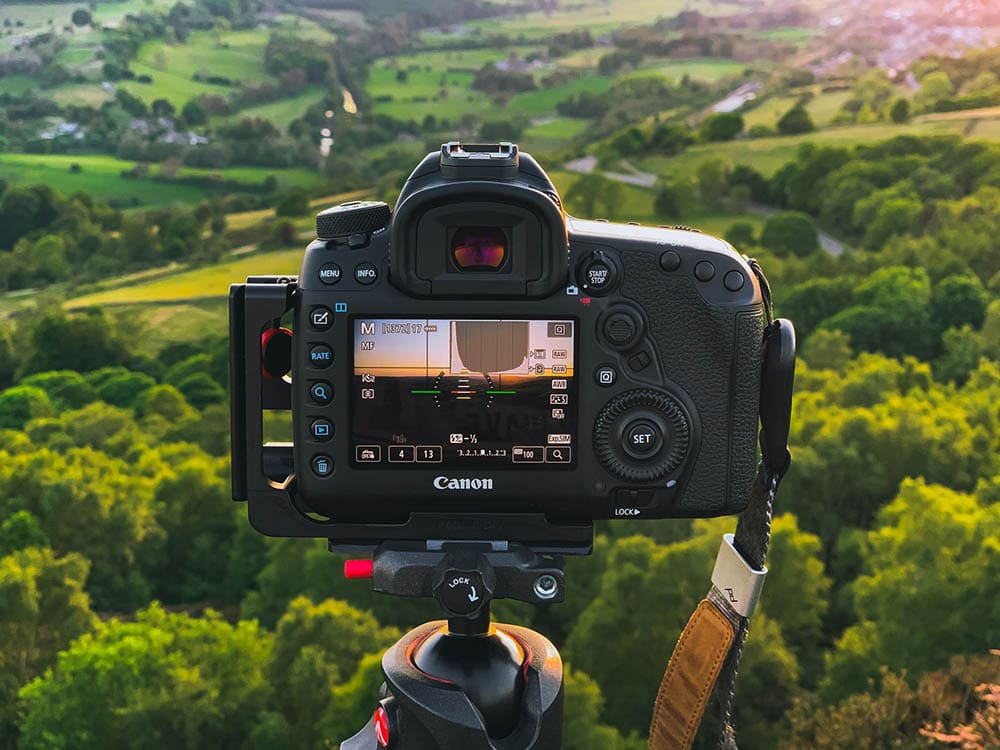
Conceptual photography also has shortcomings. Here are some of the main disadvantages of this genre:
Can Be Difficult to Understand
One of the main problems with conceptual photography is that it can be difficult to understand. The genre is often abstract and can require a lot of interpretation. That can make it challenging for viewers to appreciate the work. They might not be able to see the message the photographer is trying to communicate.
Can Be Elitist
Another disadvantage of conceptual photography is that it can be elitist. The genre often requires a lot of knowledge to appreciate. That can make it inaccessible to some viewers. It can also make it seem like the photographer is trying to show off their knowledge rather than share an idea.

A Step-by-Step Guide to Conceptual Photography
While everyone has a different process for creating art, certain steps can help you create beautiful and impactful conceptual photographs. Here’s an overview:
1. Define Your Concept
Start by brainstorming and writing down a list of ideas. Once you have a general concept in mind, do some research to refine your idea and get inspired by other artists.
Let’s say you want to comment on a social construct, like beauty standards. You could look at magazines, social media, and advertisements to see how these standards are perpetuated in our society.
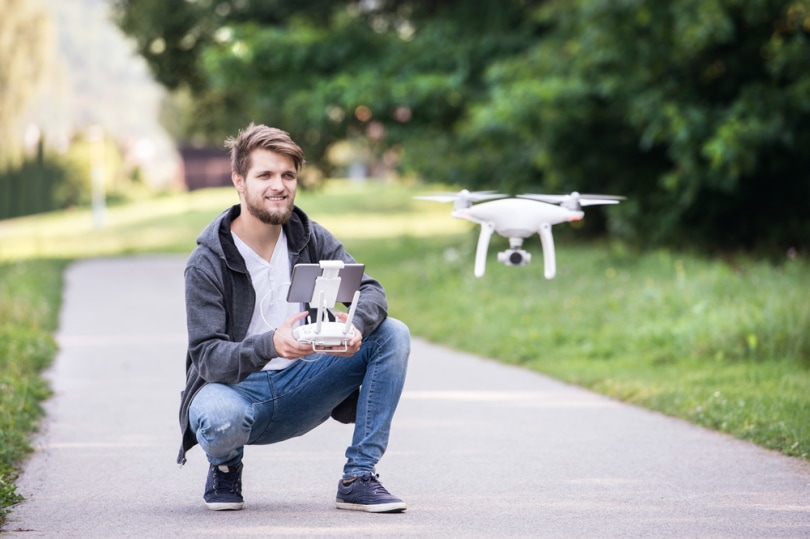
2. Create a Mood Board
To visually communicate your concept, create a mood board with images, colors, and textures that inspire you. It will help you get on the same page before starting the shoot.
3. Choose Your Props
After you have a clear vision, it’s time to start gathering props. Gather items that fit the concept and color palette of your shoot.
If you’re shooting at a location with no props, consider bringing along some items that can be used as substitutes. For example, bring along some inflatable balls if you’re shooting near a pool but don’t have any floats.
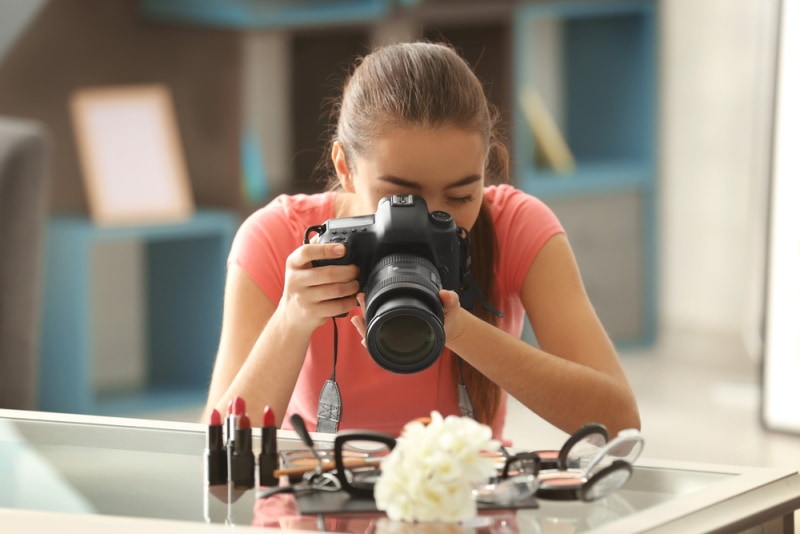
4. Use Symbols
Symbolism is a huge part of conceptual photography. Choose symbols you want to use in your shoot, and ensure they fit your concept.
For example, if you want to symbolize addiction, you could use a needle or a pill bottle. On the other hand, you could use a bird or a pair of wings to symbolize freedom.
5. Keep It Simple
There’s no point in complicating your shoot with too many props or concepts. Keep it simple so that your concept is clear. Your audience should be able to understand your concept without too much explanation. If they can’t, consider refining your idea.
You can ask people around you to give you their interpretation of the shoot. It can help you see if your concept was communicated clearly.
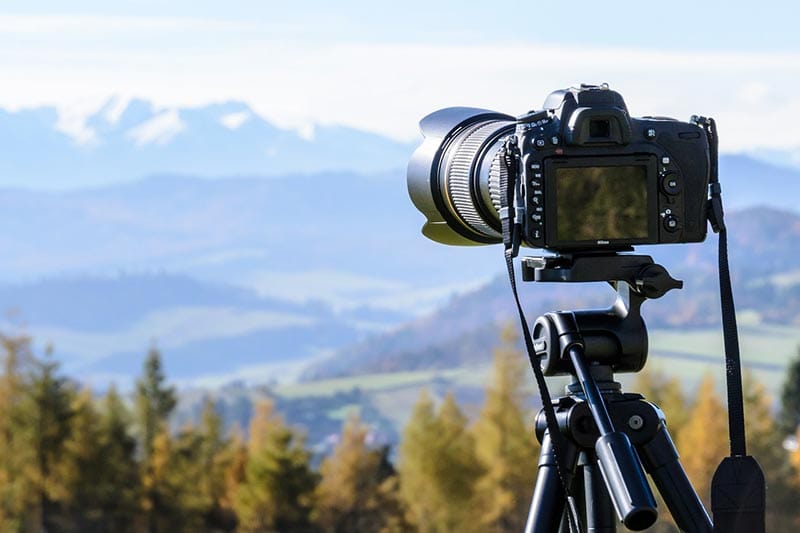
6. Shoot in RAW
When shooting in RAW, you have more freedom to edit your photos later on. It comes in handy if you want to change the colors or tones of your photos in post-processing.
7. Edit and Process Your Photos
After you’ve taken your photos, it’s time to edit them. You can use various editing software, like Adobe Photoshop or Lightroom, to make your photos look the way you want. If you want a more natural look, stick to basic edits, like exposure, contrast, and white balance. There are no rules for editing, so feel free to experiment.
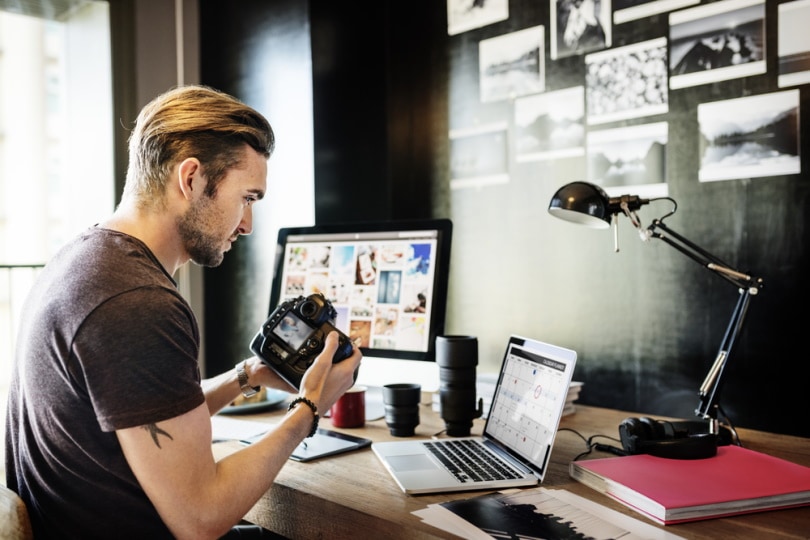

Frequently Asked Questions (FAQs)
What Makes Your Photography Conceptual?
Themes, symbols, and ideas are important in conceptual photography. The photographer uses these devices to create meaning beyond the literal. Sometimes what is photographed is not important, but the idea the photographer is trying to express is.
What Is the Difference Between Conceptual and Fine Art Photography?
The main difference between conceptual and fine art photography is that conceptual photography is based on an idea, while fine art photography shows the photographer’s artistic vision. However, both types of photography may use similar techniques.
What Is a Conceptual Portrait?
A conceptual portrait is a photograph that captures the essence of a person rather than their physical appearance. The photographer may use props, settings, and other techniques to convey the person’s personality or ideas. For example, if a person is suffering from an eating disorder, the conceptual portrait might show them in a field of food or surrounded by empty plates.
Are There Any Rules for Conceptual Photography?
There are no rules for conceptual photography, as the photographer is free to express their ideas how they wish. However, it is important to keep in mind that the concept should be clear. Furthermore, the image should be well-executed to communicate the message effectively.

Final Thoughts
Conceptual photography is a gateway to seeing the world in a new, unique way. It allows the viewer to explore ideas and concepts that may be difficult to understand or visualize without the aid of a photograph. When done well, conceptual photography can be both thought-provoking and visually stunning.
You can use conceptual photography for advertising a product, doing social commentary, showing internal reflections, or just having fun and being creative. No matter your goal, if you put some thought into your photos, you can create amazing conceptual images.
Featured Image Credit: Song_about_summer,Shutterstock
About the Author Jeff Weishaupt
Jeff is a tech professional by day, writer, and amateur photographer by night. He's had the privilege of leading software teams for startups to the Fortune 100 over the past two decades. He currently works in the data privacy space. Jeff's amateur photography interests started in 2008 when he got his first DSLR camera, the Canon Rebel. Since then, he's taken tens of thousands of photos. His favorite handheld camera these days is his Google Pixel 6 XL. He loves taking photos of nature and his kids. In 2016, he bought his first drone, the Mavic Pro. Taking photos from the air is an amazing perspective, and he loves to take his drone while traveling.
Related Articles:
What Is the Best Binocular Magnification for Hunting? Optical Features Explained
How to Clean a Refractor Telescope: Step-by-Step Guide
How to Clean a Telescope Eyepiece: Step-by-Step Guide
How to Clean a Rifle Scope: 8 Expert Tips
Monocular vs Telescope: Differences Explained (With Pictures)
What Is a Monocular Used For? 8 Common Functions
How to Clean a Telescope Mirror: 8 Expert Tips
Brightfield vs Phase Contrast Microscopy: The Differences Explained
